Vale de Santo António
What we are doing
CML is developing the Alteration of the Vale de Santo António Urbanization Plan
Located in one of the few areas to be consolidated in the historic center, between Graça and Alto de São João, the Vale de Santo António is an opportunity, due to its location and size, to carry out a series of interventions to upgrade and enhance this degraded and forgotten area. This large-scale operation will be carried out in phases through operational units, over an expected period of 12 years.
With a strong housing component, the plan is intended to bring together various urban experiences, based on the concept of the 15-minute city, which aims to ensure that all the services and basic needs of residents are within 15 minutes' walking or cycling distance. In this way, it aims to improve the comfort and quality of life of those who live in the city, reinforcing the dynamics of proximity, creating meeting spaces, reducing inequalities in access to services and in the use of public space and, at the same time, promoting greater involvement and participation by people in building the city.
What's going to happen
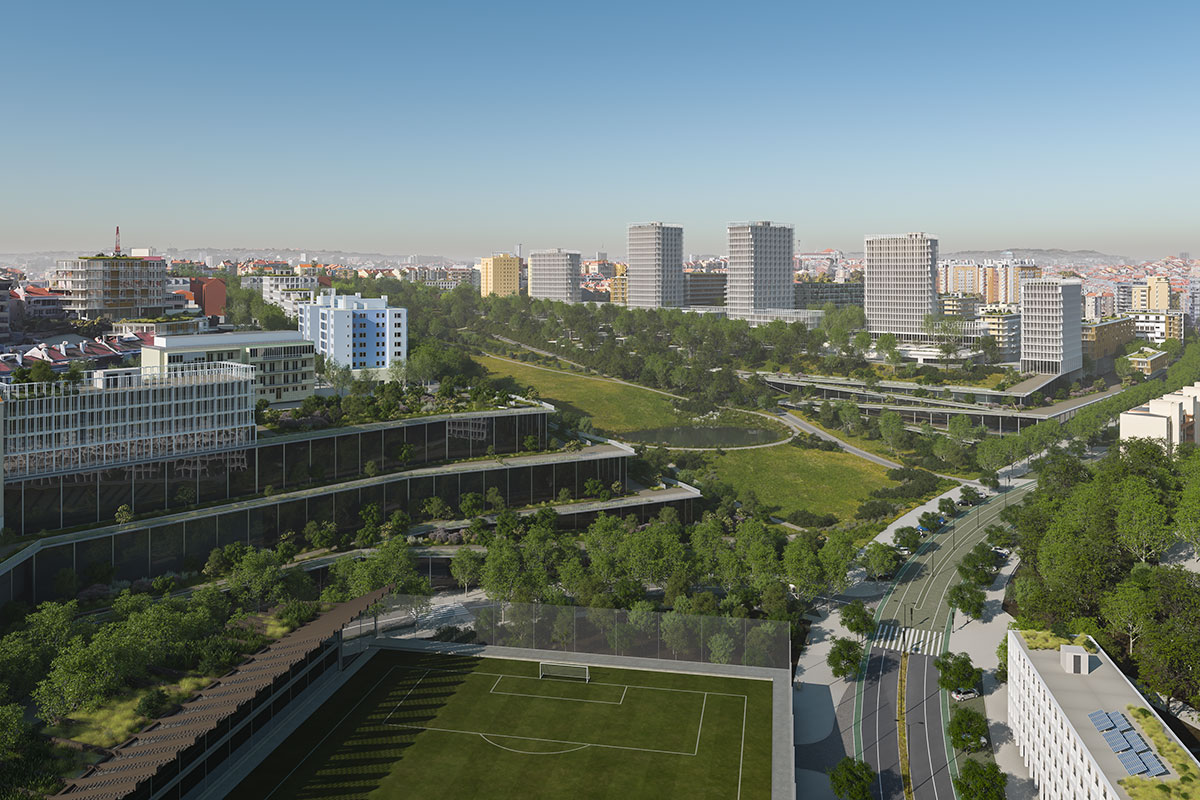

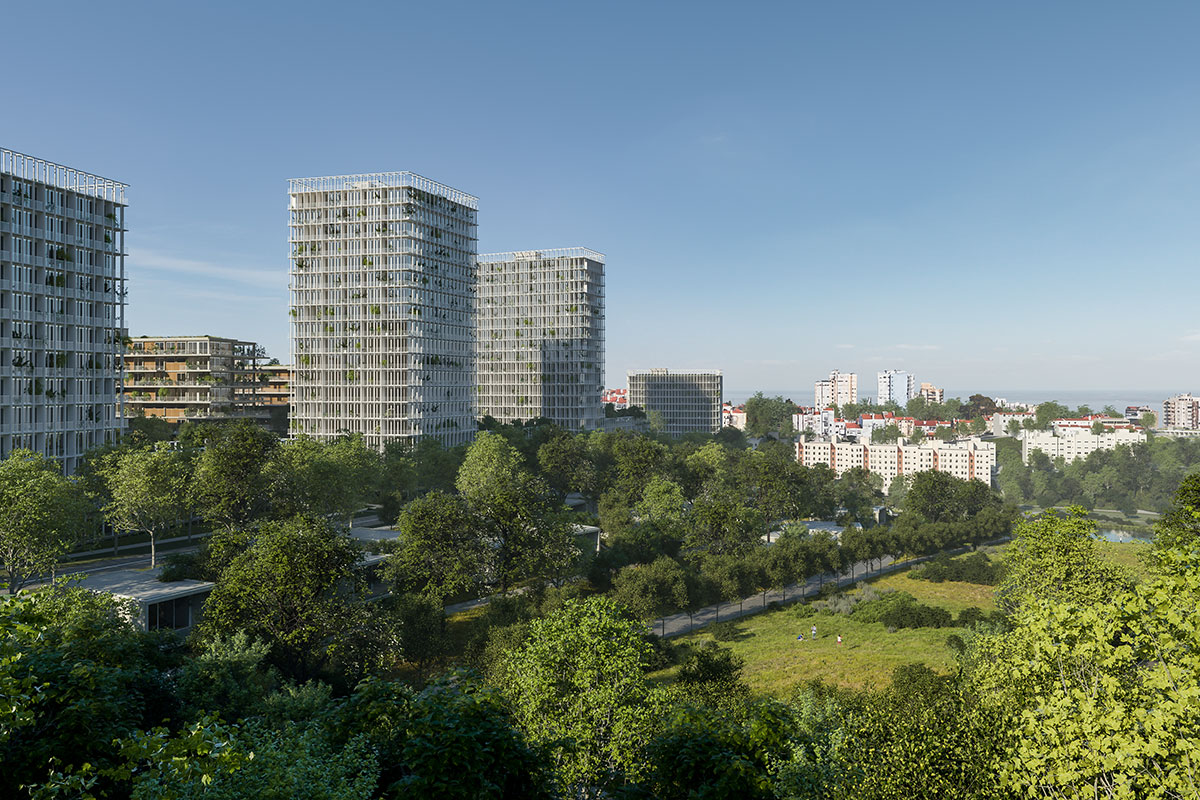
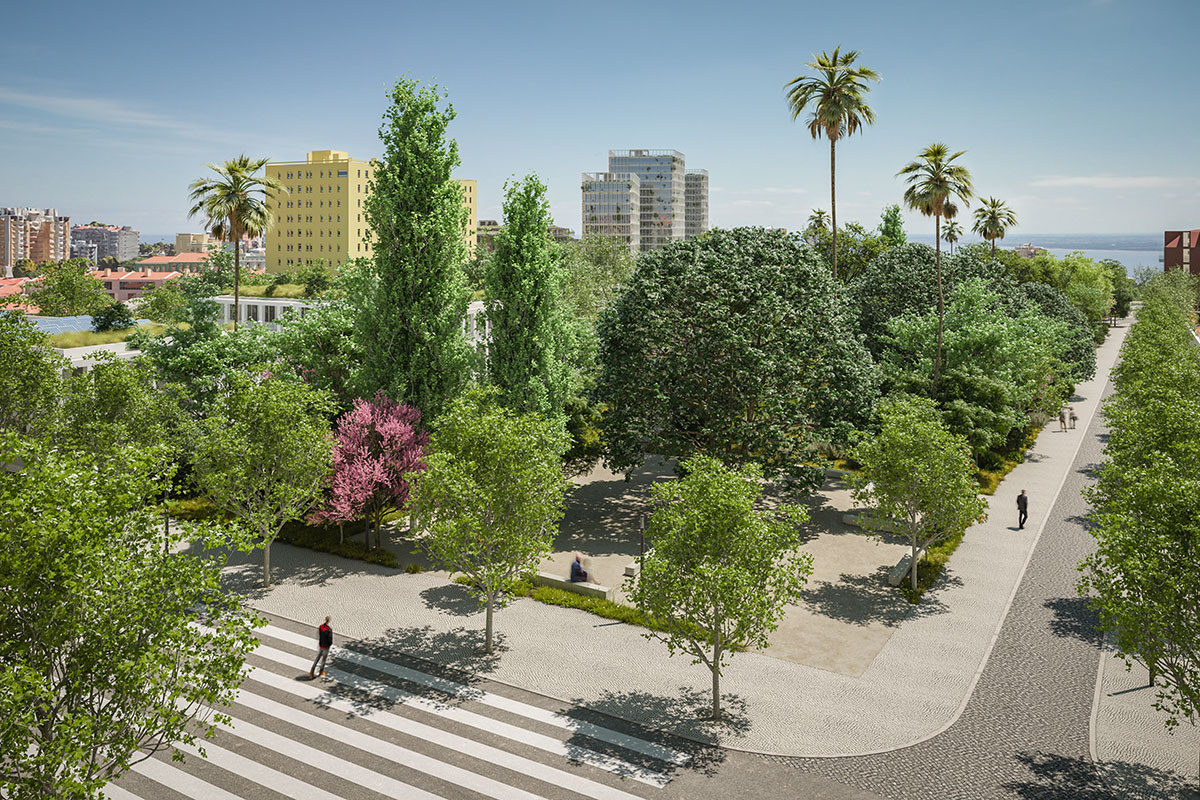
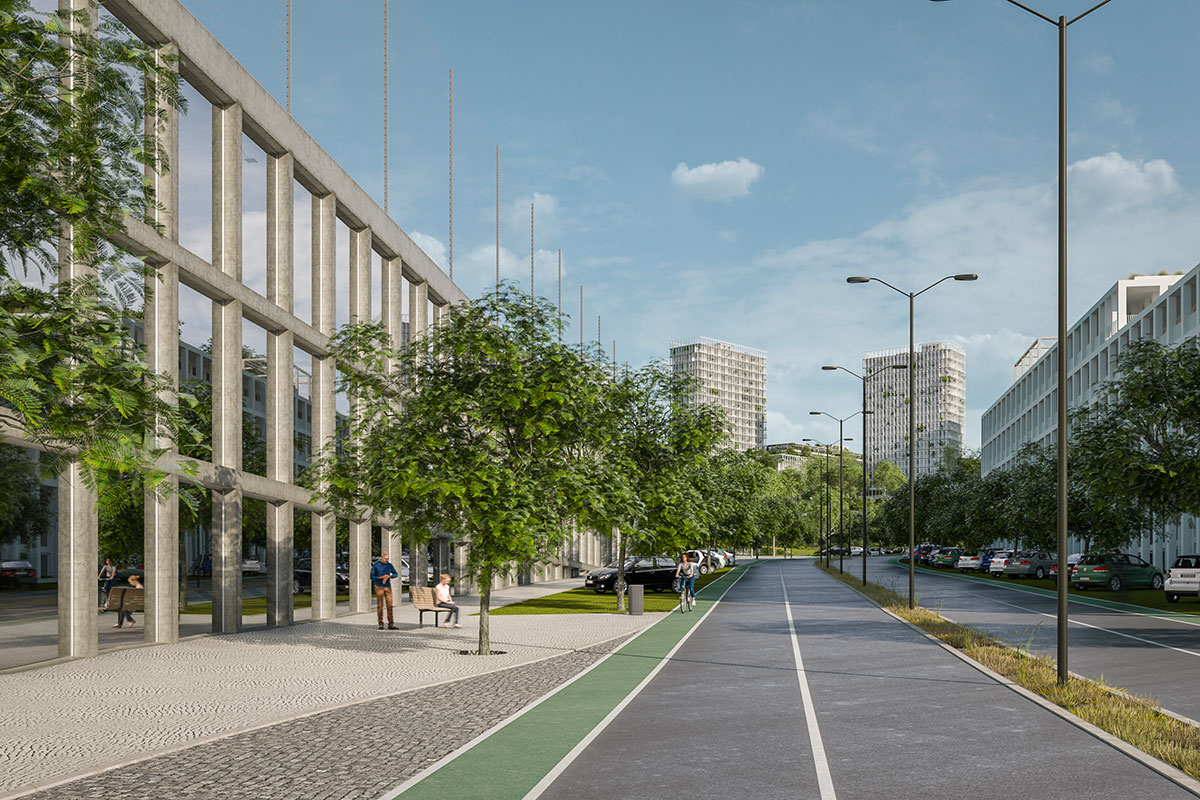
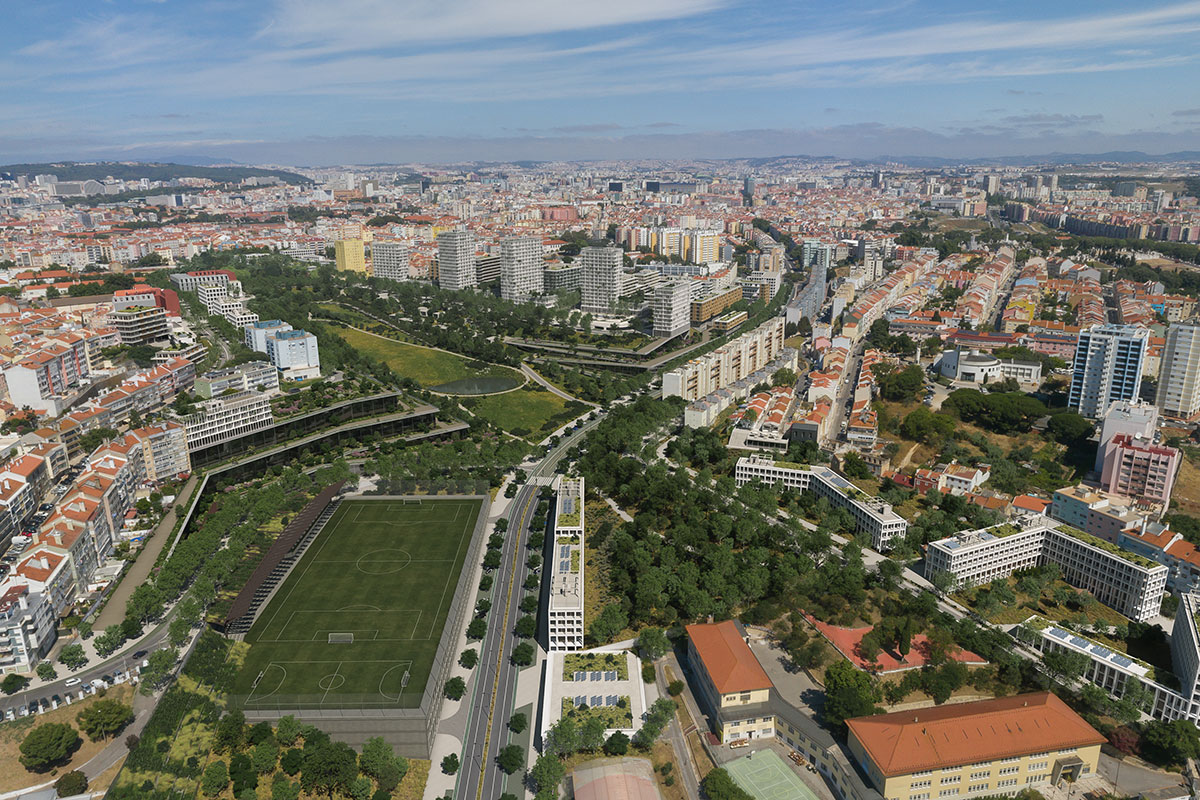
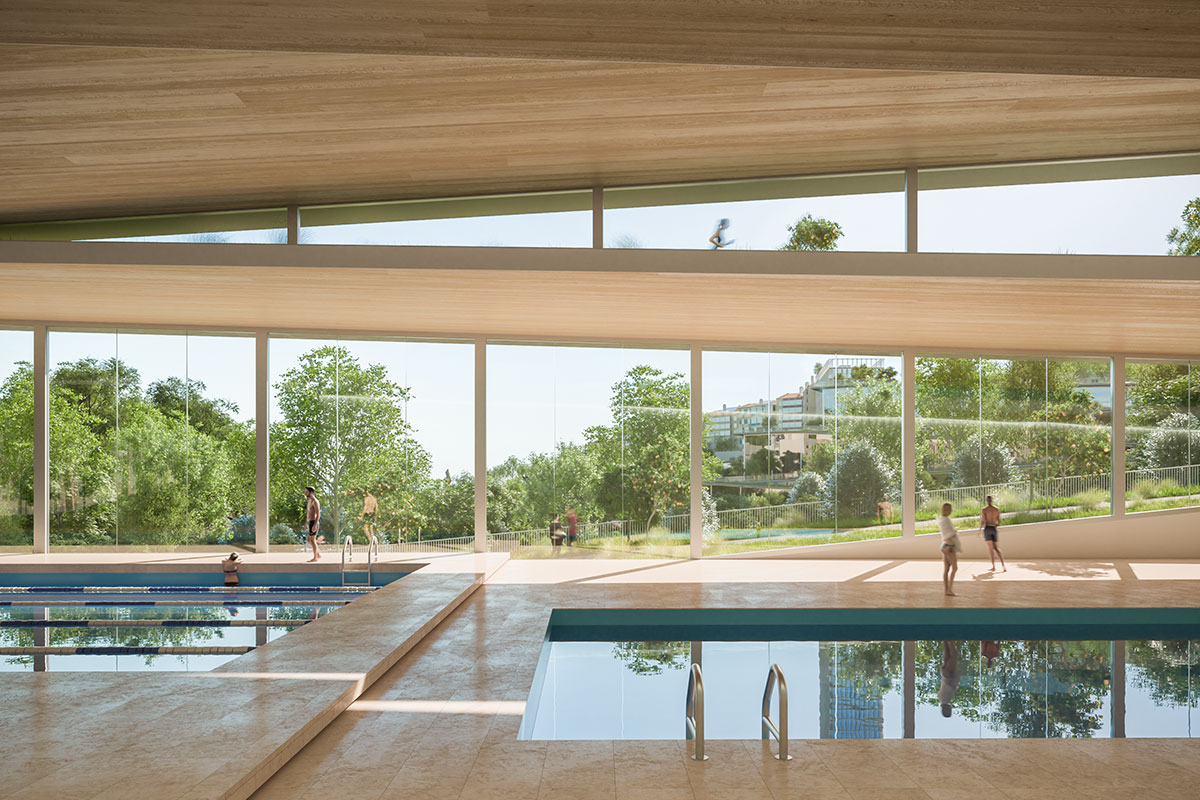
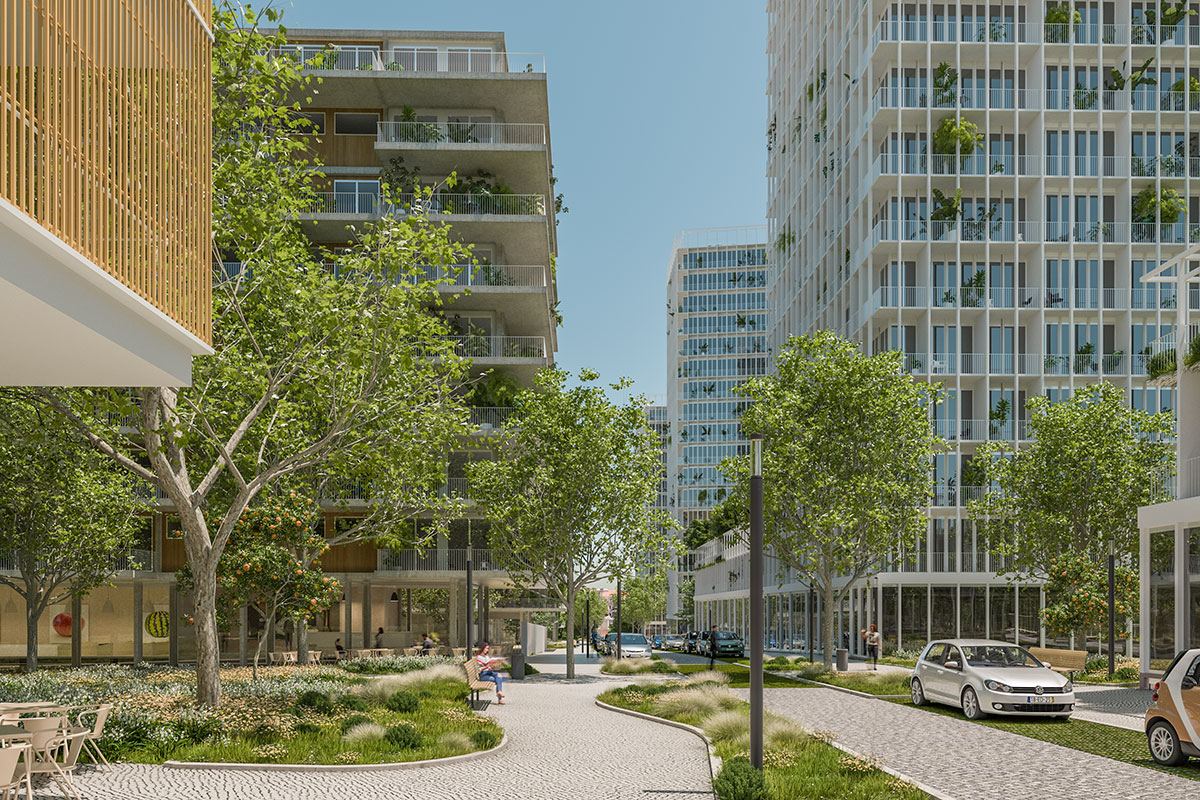
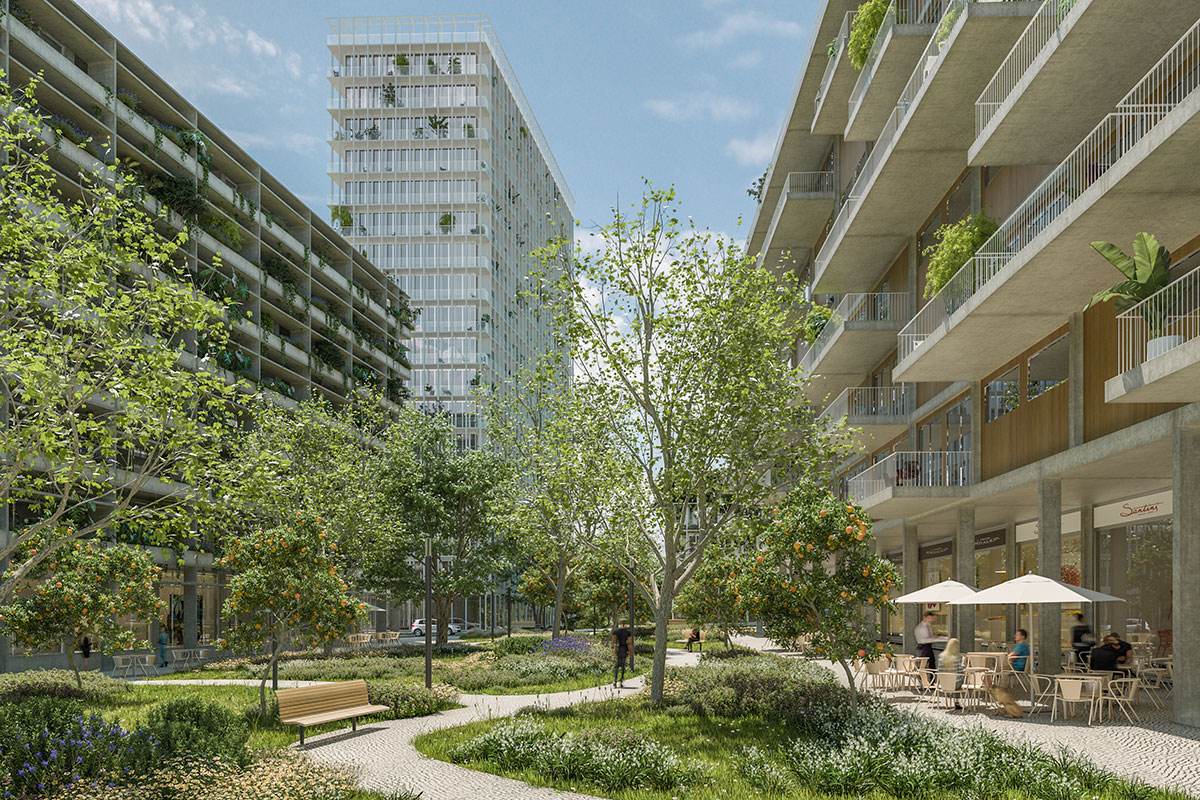
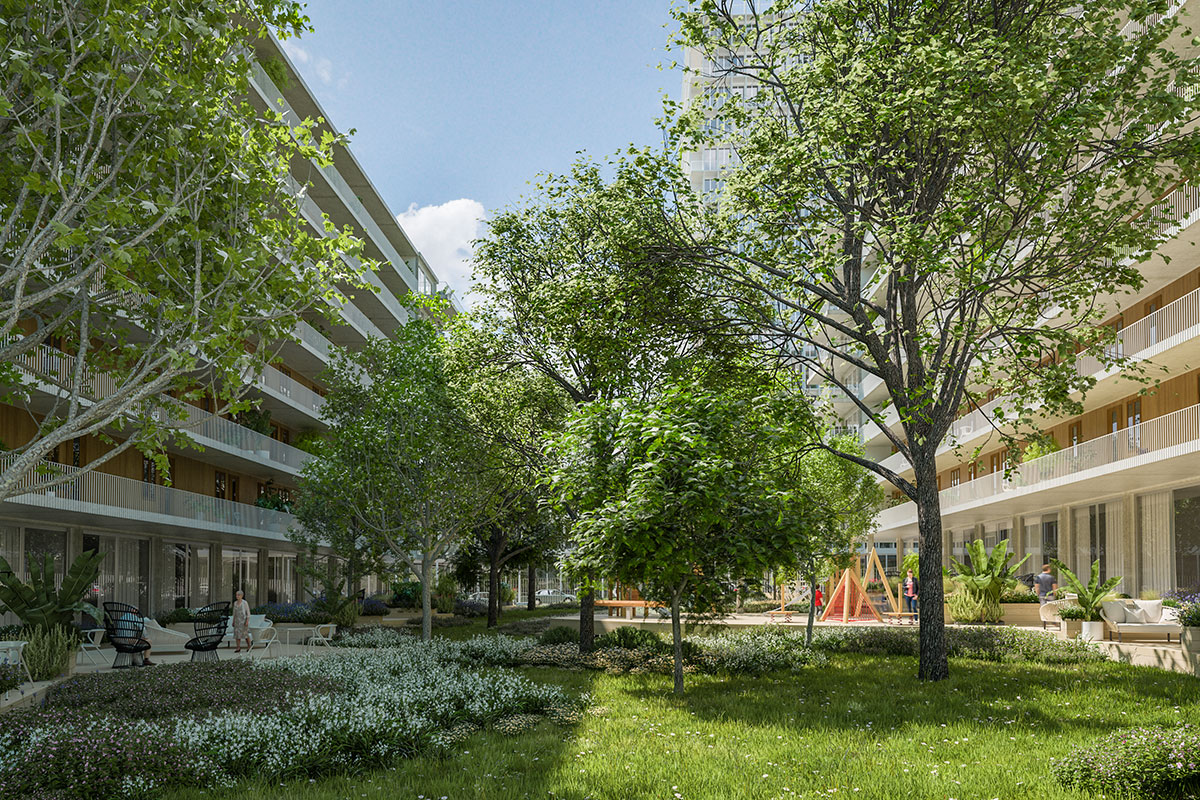
Visualization of the project in a three-dimensional simulation where you can explore the space and its transformation. Visualize
a new urban park of significant size will be created, framed by the Tagus;
2,400 affordable homes will be built, bringing around 6,000 new inhabitants to the area;
nearby green spaces, squares and viewpoints are planned;
the slopes of the Santo António valley will communicate with each other;
the cycling network will be increased (3 km);
the 15-minute city concept will be put into practice;
various facilities are planned: a day care center, an elementary school, nurseries and a student residence.
A perspective on the past
The history of Vale de Santo António is linked to the Convent of Santos-o-Novo, of the Comendadeiras of the Military Order of Santiago, which began at the beginning of the 17th century to replace a small convent in Santos-o-Velho from the 13th century.
The project was reduced to one of the cloisters (still one of the largest in the Iberian Peninsula) and a church, which today is famous for its Mannerist and Baroque religious decoration with gilded woodwork, Florentine marble inlays, paintings and tiles, especially those that line the walls and tell the story of the life of the Holy Martyrs.
Associated with the convent, there were also the vegetable gardens of the comendadeiras and the land that would later be acquired to make way for an avenue (Mouzinho de Albuquerque) linking Santa Apolónia and Morais Soares.
When the convent was closed in the 19th century, it was converted into one of the "Recolhimentos da Capital", designed to house the daughters and widows of military personnel in individual dwellings. At that time, it shared space with two elementary school, for boys and girls.
The urban setting of the Vale de Santo António reveals the city's asymmetrical development: the urban void of this territory, corresponding to the majority of the plan's surface area, was systematically sidelined for over a century - and through various municipal plans and initiatives - essentially because of the added challenges that its urbanization entailed. Since the end of the 19th century and throughout the 20th century, the occupation of this territory was haphazard and organic, generally using precarious constructions.
In the second quarter of the 20th century, this dispersed occupation gave way to occupation by social housing neighborhoods, such as the various generations of the PER Program, or EPUL Jovem, but without overcoming the orographic obstacles, resulting in a fragmented territory today.
An urbanization plan for Vale de Santo António was approved in 2012, but never implemented.
Recognizing the importance of intervening in this area, the plan was revised to ensure its feasibility, based on citizen participation and the opportunity to align the urban model with climate adaptation and sustainable urban development strategies, aimed at improving the environment and quality of life in general.




